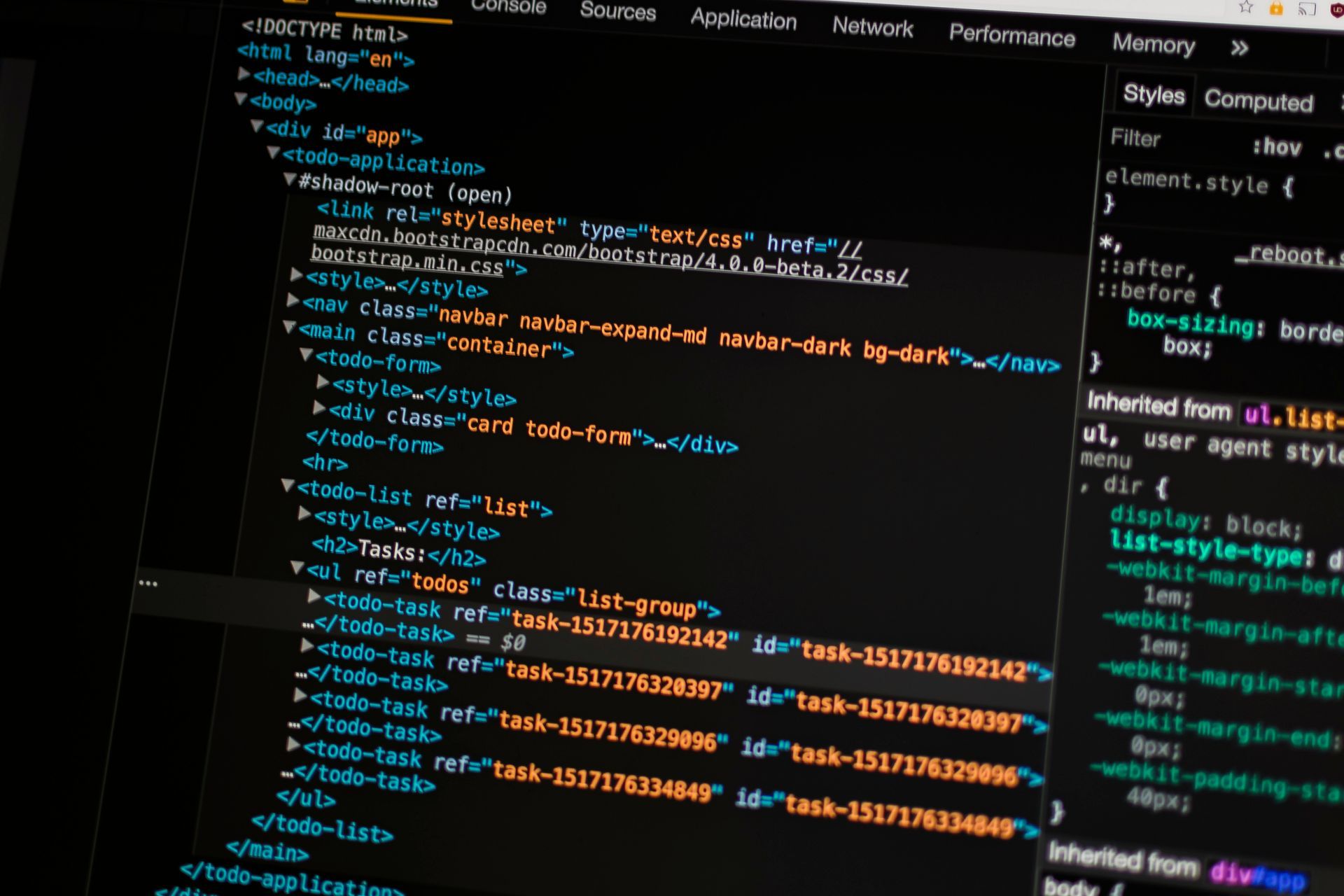Master User Intent: Boost Your SEO with a Content Strategy Aligned to Searcher Goals
In today's ever-evolving digital landscape, a successful SEO strategy must go beyond simply incorporating keywords into your website content. To truly stand out and stay ahead of your competition, it's essential to create content that not only meets search algorithms' criteria but also aligns with the goals and requirements of your target audience. This is where understanding and leveraging user intent comes into play. By exploring user intent, you can create meaningful content that helps potential customers on their buying journey, increases your website traffic, and ultimately boosts your search engine rankings.
In this comprehensive blog post, we will dive deep into the concept of user intent and explain how, by aligning your content strategy with searcher goals, you can achieve greater SEO success.
With a clear understanding of user intent and its role in SEO, you can optimize your content strategy, create high-quality content that meets the needs of your target audience, and build an outstanding online presence.
Understanding User Intent: The Four Types of Search Queries
To effectively align your content strategy with user intent, it's crucial to recognize the four types of search queries that users generally make:
1. Informational Queries: Users search for information, advice, or ideas related to a specific topic. They want answers to questions or solutions to problems.
2. Navigational Queries: Users intend to find a particular website or webpage. They know their destination, but they require help getting there.
3. Transactional Queries: Users are prepared to complete an action, such as making a purchase, signing up for a newsletter, or downloading a resource.
4. Commercial Investigation Queries: Users are in the process of researching products or services before making a purchase.
By understanding the various types of search queries, you can optimize your content to address the specific user intent behind each search effectively.
Analyzing User Intent to Optimize Your Existing Content
Now that you understand the various types of search queries, it's time to analyze user intent in terms of your existing content. Take the following steps to get started:
1. Assess Your Current Content: Categorize your existing content based on the four types of search queries. This exercise will help you identify potential gaps in your content strategy and areas requiring improvement.
2. Review Keyword Data: Dive into your website's analytics to determine which keywords drive the most traffic. Assess whether the content is aligned with the user intent behind those keywords; if not, consider optimizing the content to better address users' needs.
3. Study User Engagement Metrics: Examine metrics such as time on page, pages per session, and bounce rate to gauge user satisfaction with your content. This analysis may uncover areas in which you need to improve content quality or relevance.
Crafting Content That Targets Specific User Intent
Now that you understand user intent and its role in content optimization, the next step is to create targeted content that addresses specific user needs. Here are some tips for crafting content that aligns with user intent:
1. Research Your Target Audience: Before you begin creating content, thoroughly research your target audience and identify their specific needs, preferences, and search behaviors.
2. Focus on High-Value Keywords: As you develop your content, focus on incorporating high-value, intent-focused keywords that clearly reflect what users are searching for.
3. Optimize Your On-Page Elements: Ensure your webpage's on-page elements, such as title tags and header tags, accurately convey the user intent behind your content.
4. Provide Clear Calls-to-Action: Enhance your content with relevant and targeted calls-to-action that encourage users to take action aligned with their search intent.
Measuring and Monitoring the Performance of User Intent-Driven Content
To ensure your user intent-driven content strategy remains effective, it's essential to continually measure and monitor its performance. Keep track of key metrics, such as organic search traffic, conversion rates, and user engagement, to evaluate the success of your content and assess areas for improvement. This iterative process will help you refine your content strategy for ongoing SEO success.
Adapting Your Strategy for Continuous SEO Growth and Success
Successful content strategies are never static. Instead, they continually evolve to respond to changing user preferences, search algorithm updates, and industry trends. To maintain and improve your SEO performance, regularly review and update your content strategy to ensure it remains aligned with user intent. Adapt your approach to emerging trends, prioritize the creation of high-quality content, and stay focused on users' needs to drive long-term success in the competitive digital landscape.
Conclusion
Leveraging user intent and aligning your content strategy with searcher goals is a crucial element of modern SEO success. By understanding the various types of search queries, optimizing your content to reflect user intent, and continually monitoring your performance, you can achieve greater online visibility, higher search engine rankings, and improved website traffic.
Ready to transform your SEO performance by harnessing the power of user intent? Connect with Axis Websites, where our website development and SEO company in Florida can help you optimize your content strategy and create valuable, intent-driven content that truly connects with your target audience.










